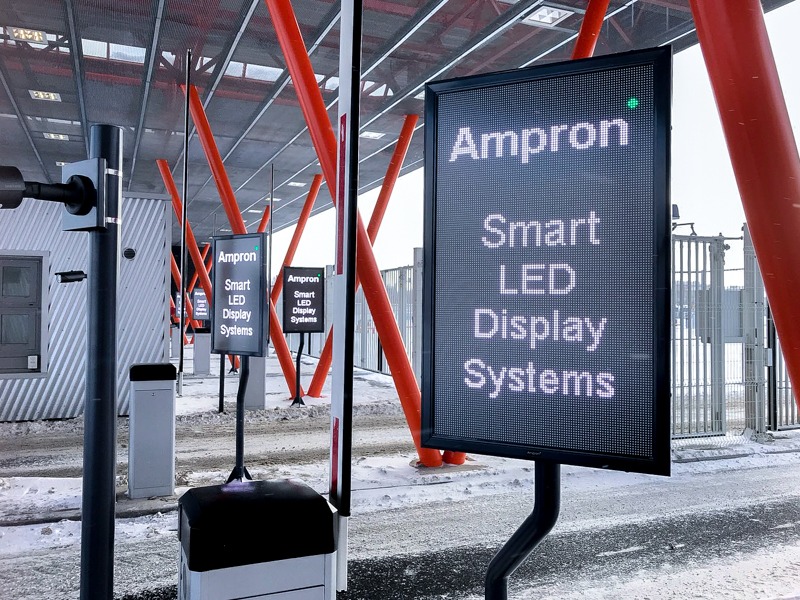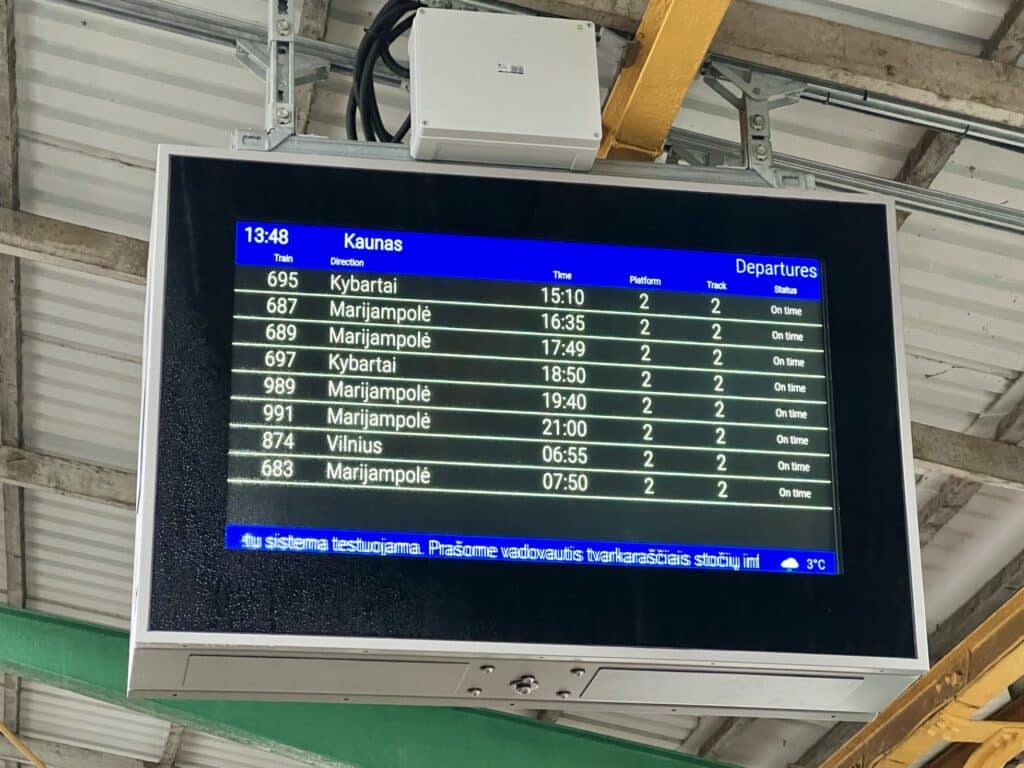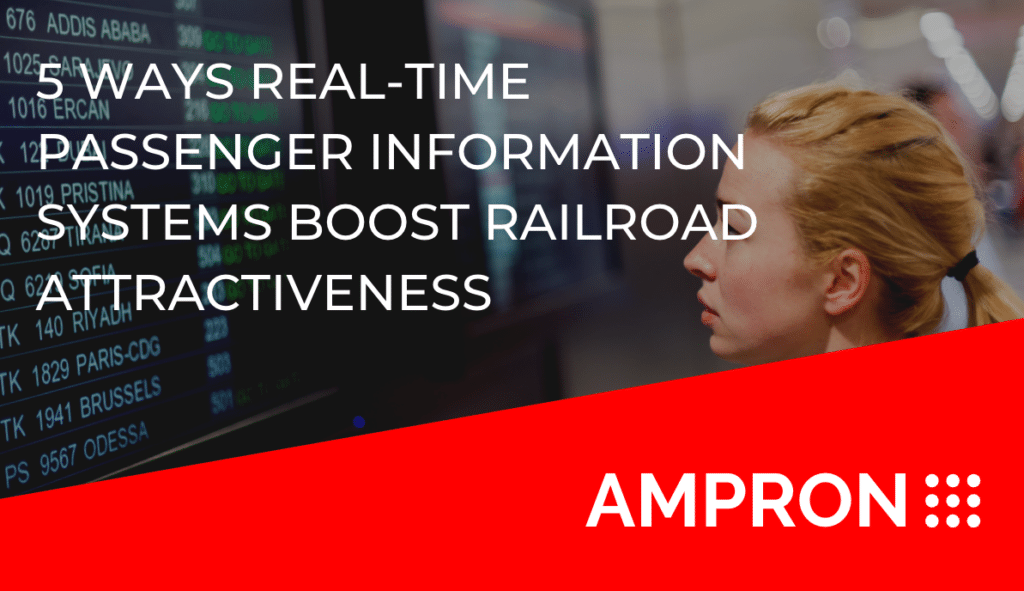Enhanced Commuter Experience
By giving commuters accurate and current information regarding train timetables, platform assignments, and any potential delays or disturbances, real-time passenger information systems play a critical role in improving the commuting experience. Passengers are better equipped to plan their journeys and choose their travel arrangements because of this degree of openness and accessibility.
Access to the most recent train schedules is one of the main advantages of real-time passenger information systems. The instantaneous checking of departure and arrival times by commuters allows them to schedule their excursions down to the last minute. This reduces the possibility of missing trains or encountering unnecessarily long delays by getting rid of the uncertainty and guesswork involved with conventional schedules.
In addition to schedules, real-time information systems also provide platform information. Knowing the precise platform where a train will arrive allows passengers to position themselves in the right location on the platform, saving them time and effort. This feature is particularly valuable in busy stations or during rush hours when finding the right platform can be challenging.
Moreover, real-time passenger information systems excel at providing timely updates regarding any delays or disruptions that may occur during the journey. Passengers are promptly notified of changes in train schedules, platform reassignments, or unexpected incidents that could impact their travel plans. By staying informed, commuters can adapt their schedules accordingly, explore alternative routes, or make arrangements to minimize inconvenience.
Real-time passenger information systems help make travelling stress-free by guaranteeing that passengers have access to accurate and current information. Commuters may plan their routes more effectively, cut down on needless waiting periods, and feel more in charge of their travels. Passengers are more likely to prefer rail travel over other forms of transportation thanks to this degree of convenience and dependability, which also improves overall happiness.
In conclusion, real-time passenger information systems greatly improve the commuter experience by giving passengers access to the most recent train schedules, platform details, and alerts for delays or disruptions. This enables travellers to make more effective travel plans, endure less stress, and have a more comfortable and pleasant travel experience.

Improved Reliability
In the context of railroad appeal, increased reliability is a significant advantage of real-time passenger information systems. By giving passengers the most recent information on train timetables, delays, and interruptions, these systems significantly contribute to boosting their sense of confidence.
This problem is addressed by real-time passenger information systems, which continuously track the status of trains and give passengers quick updates. Passengers may now access precise and timely information regarding train schedules, including any delays or adjustments, thanks to these services. They can keep track of the anticipated arrival and departure times, platform details, and even other routes in case they are required.
Real-time passenger information systems improve reliability, which is advantageous for commuters who depend on trains for their daily trip. They can better arrange their schedules, reduce waiting times, and reach their destinations on time if they get accurate and timely information. The promotion of rail travel as a practical and effective choice for daily commuting, which draws more people and relieves traffic on the roads, is greatly aided by its reliability.
Overall, the reliability of rail travel is improved by the provision of real-time updates via passenger information systems. These solutions dramatically increase the allure of railroads and encourage more people to pick trains as their preferred means of transportation by lowering uncertainty, delivering reliable information, and empowering passengers to make informed decisions.
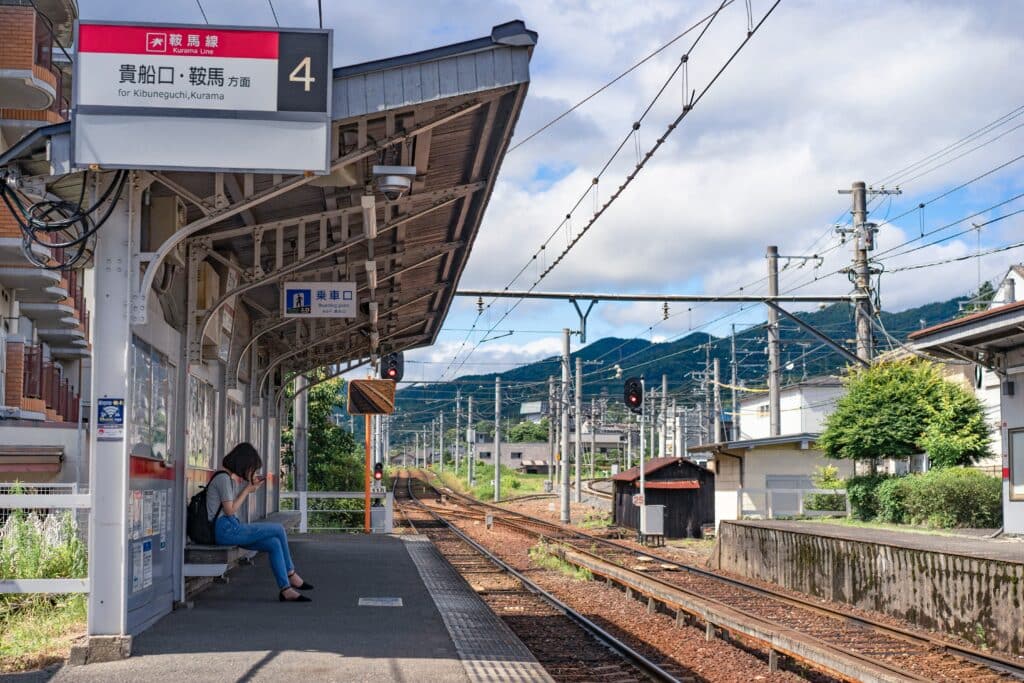
Increased Convenience
A primary advantage that real-time passenger information systems offer to railroads is improved convenience. These systems give passengers the power to arrange their arrival at stations by enabling them to track the precise location of trains.
The overall travel experience is improved by having real-time train location tracking available. Knowing how much time they have until their train arrives, passengers can schedule their activities while they wait, such as getting a coffee or finishing their work. Their journey is made more convenient and flexible by this degree of assurance and control over their timetable.
Real-time information systems can also be accessed through a variety of means, including websites, mobile apps, and digital displays at stations. This accessibility guarantees that users of any chosen device—a smartphone, tablet, or computer—can conveniently monitor train locations and updates.
Overall, real-time passenger information systems promote convenience by enabling travellers to plan ahead, cut down on wait times, and make wise selections. These solutions greatly improve the overall travel experience by allowing passengers more control over their journey, making train travel a more alluring option for commuters.
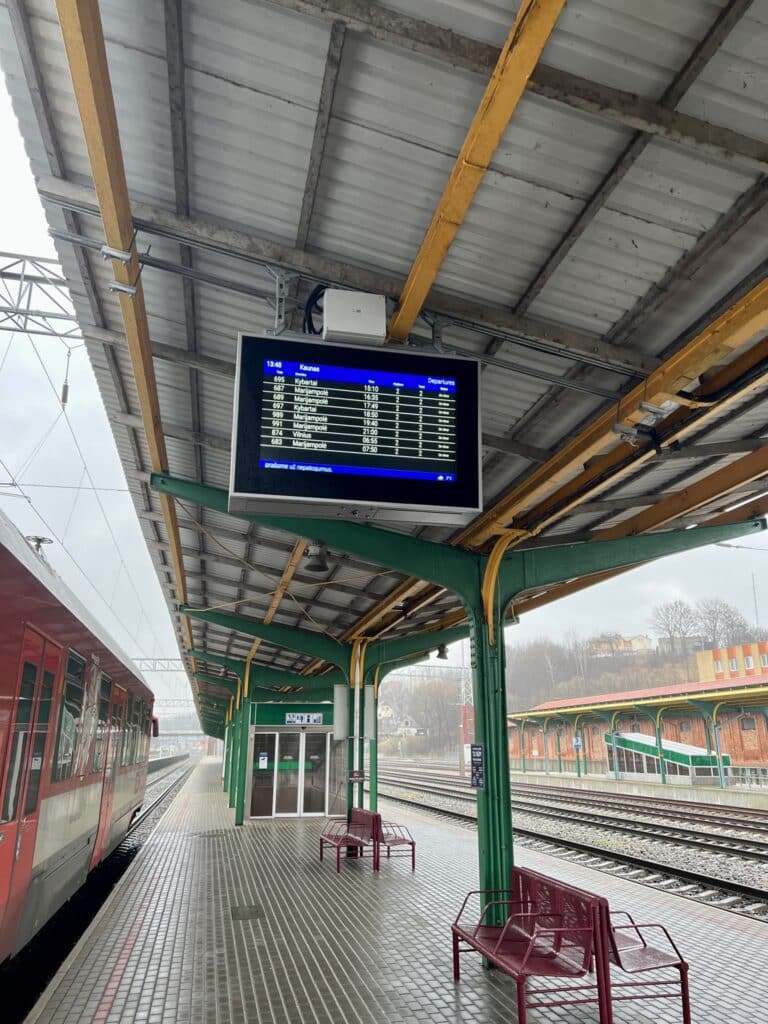
Enhanced Safety and Security
Real-time passenger information systems provide considerable advantages for improved safety and security in the context of railroad appeal. Railroads can efficiently convey important safety information to passengers using these devices, assuring their safety and fostering a sense of security.
Here are some elaborations on how real-time passenger information systems contribute to enhanced safety and security:
- Emergency Notifications: In the event of an unexpected circumstance, such as a natural disaster, an accident, or a security threat, real-time passenger information systems can immediately transmit emergency notifications to passengers. These alerts may contain directions on what to do, how to evacuate, and any necessary updates or directives from the authorities.
- Hazard Alerts: Alerts for potential risks along the railway network, such as track obstacles, bad weather, or infrastructure problems, can be generated by the systems. Railroads can reduce risks and stop accidents or delays by promptly warning passengers about these concerns.
- Safety Procedures: Passengers can learn about safety protocols and procedures from passenger information systems, making sure they are aware of emergency exits, evacuation routes, and other safety precautions. Passengers’ ability to respond effectively in an emergency and their awareness of general safety are both increased by this knowledge.
- Real-time Surveillance: Stations, platforms, and trains can be continuously monitored with integrated surveillance systems in conjunction with passenger information systems. As a result, any suspicious behaviours or security breaches can be quickly identified, allowing for timely intervention and safeguarding the safety of both passengers and employees.
- Crowd Management: The management of crowds at stations and platforms can be improved with the aid of real-time passenger information systems. These technologies help to avoid crowding and potential safety risks related to high passenger volumes by giving precise and timely information on train arrivals, departures, and platform assignments.
Real-time passenger information systems enable effective crowd management, timely alarms, safety awareness promotion, fast emergency response, and overall increased safety and security. These actions improve the overall appeal of rail travel while making the atmosphere for passengers safer.
Competitive Edge
Railroads stand out from their rivals and are positioned as industry leaders thanks to the implementation of real-time passenger information systems. Railroads show their dedication to satisfying customer needs and improving the overall travel experience by using cutting-edge technology that gives customers the most recent information.
Convenience is one of the major variables that affect travellers’ choices. Passengers may more effectively plan their journeys thanks to real-time passenger information systems, which provide them with the power to stay informed about train timetables, platform modifications, and delays. By planning their arrival at the station ahead of time, passengers can cut down on waiting periods and schedule delays. Modern travellers who seek efficient and seamless transportation options strongly value this level of convenience.
A railroad’s dedication to security and safety is also demonstrated by the adoption of real-time passenger information systems. Railroads can effectively notify passengers of critical information and ensure their safety by sending out warnings and notifications about safety measures and emergency circumstances. By emphasizing safety, the railroad improves its reputation overall and inspires confidence in its customers, making train travel a more alluring option.
Railroads that make investments in real-time passenger information systems have a significant advantage in the competitive world of transportation. Such systems demonstrate a dedication to using technology for passengers’ comfort, dependability, and safety. More passengers are drawn by this customer-centred strategy, even those who give these considerations top priority when selecting their form of transportation. Railroads can expand their market share and establish themselves as industry leaders by differentiating themselves through cutting-edge technology and first-rate service.

How Can Ampron Help You?
We have a wide selection of display products suitable for use in railway applications. There are two distinctive categories: Rugged DR Series LED Displays and LCD EN 50121 Series Displays. In addition, we have a specific LED product called Bus Arrival Information LED Message Board. Integration with these is simple and can be done through our proprietary API communication protocol.
Our LCD model selection is covered with various model types: video walls, double-sided and totem vertical displays.
Just contact us, tell us your needs and we can start our journey together from there.
